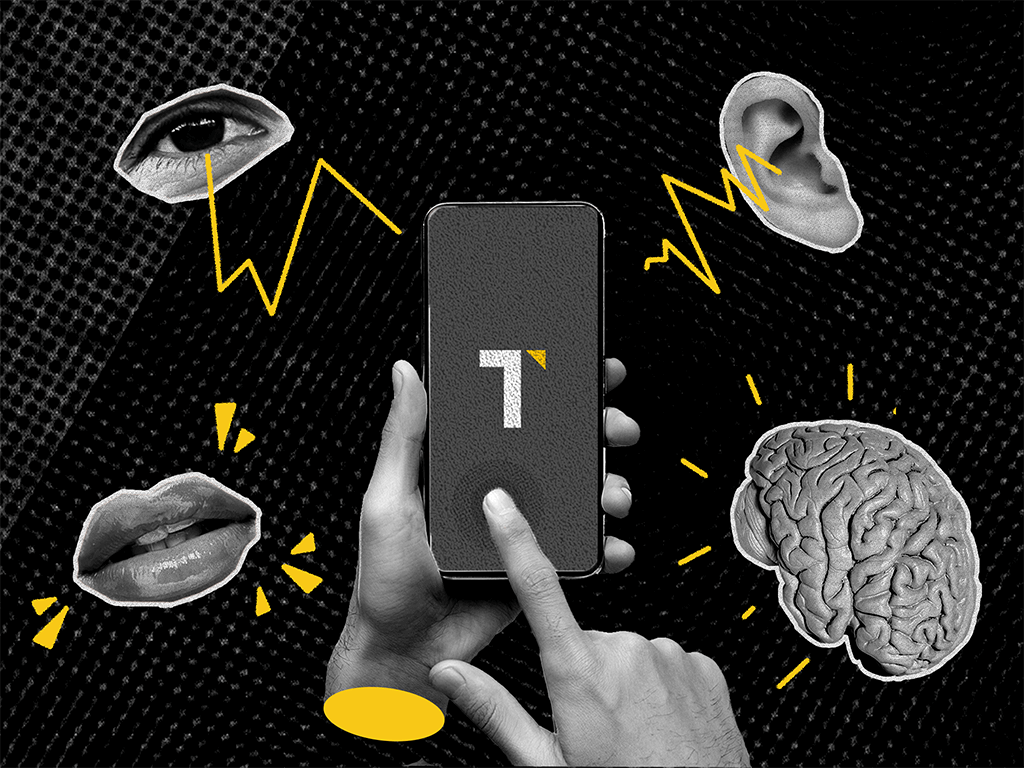Crafting compelling email campaigns is more than just stringing together words and hitting “send.” It’s about forging genuine connections with your audience, driving meaningful interactions, and ultimately, achieving your marketing goals. But in our overflowing inboxes, cutting through the noise and grabbing attention can feel like a constant battle, making email engagement difficult to achieve.
Email engagement refers to the level of interaction your subscribers have with your emails. This can encompass everything from simply opening the email (open rate) to clicking on links, forwarding content, or even making a purchase.
The good news? You can dramatically increase your email engagement rates by implementing a strategic approach that leverages current email marketing trends. Let’s look at common problems and proven tactics that will encourage your subscribers to open each message with excitement.
The problem: Apathy in the inbox
Let’s face it: our inboxes are bombarded daily with generic, one-size-fits-all emails. Many recipients are quick to hit “delete” without a second thought, which is why you might consider a “good” email open rate to be only between 17% and 28%. With so many unread emails going into the digital waste bin, how do you stand out from the crowd and capture their attention?
Solution: Capture readers’ attention through personalization
Gone are the days of mass email blasts. Today’s audience craves personalized experiences. Personalization involves tailoring your email content to individual subscribers based on their interests, purchase history, demographics, or website behavior. This can be achieved by:
- Utilizing dynamic content: You can automatically insert personalized elements into your emails, such as the subscriber’s name, location, or past purchases.
- Using subscriber data: Leverage website behavior data from your customer data platform to send emails based on a subscriber’s recent interactions on your site. For example, if they viewed a specific product category, send them a follow-up email with relevant recommendations.
- Segmenting your email list: Divide your audience into smaller groups with shared characteristics to share content personalized to user interest. Segmentation allows you to create targeted email campaigns that speak directly to specific audience groups. This ensures your messages are relevant and avoid being perceived as generic spam.
- Automating sending: Automation takes your email marketing to the next level by creating automated email sequences triggered by specific subscriber actions. For example, you can set up an automated welcome series for new subscribers, a re-engagement campaign for inactive subscribers, or abandoned cart emails to remind users about products left behind.
Prioritizing personalization can create engaging email experiences that drive results.
The problem: Feeling fatigue from tired UX/UI
Many email marketing platforms offer a plethora of pre-designed templates and interfaces. While convenient, relying solely on templates and cookie-cutter designs can create uniformity and predictability in your emails. Subscribers become accustomed to the format and lose interest.
Solution: Embrace a stand-out design aesthetic
Don’t be afraid to break away from the template trap! Invest in creating a unique and visually appealing email design that reflects your brand identity.
Here are some tips for standing out:
- Integrate high-quality visuals: Use on-brand images and graphics that complement your message, and avoid stock photos that feel generic.
- Strategically use white space: A clean and structured layout with intentional white space makes your email easier to read and navigate, directing the subscriber’s eye toward important calls to action.
- Implement a mobile-friendly design: Ensure your emails render flawlessly across all devices, especially smartphones, where approximately half of all emails are opened today.
- A/B test: Be bold and experiment! A/B testing different design elements, subject lines, or calls to action can help you identify what resonates most with your audience.
The problem: One-way communication
Traditional email marketing often falls into the trap of a one-sided conversation. Subscribers receive information, but there needs to be an opportunity for them to interact or engage.
Solution: Create interactive experiences and invite two-way communication
Transform your emails from static messages to interactive experiences! Here’s how:
- Embed polls or surveys: Ask your subscribers for their feedback or opinions directly within the email.
- Incorporate quizzes or product configurators: These interactive elements can increase engagement and provide valuable data about subscriber preferences. We love how eMarketer does this.
- Encourage replies: Structure your emails to prompt replies or questions. This fosters a sense of two-way communication and builds stronger relationships with your audience.
Ready to increase email open rates?
Email marketing remains a powerful tool for connecting with your audience and driving business growth. By implementing these proven tactics you can dramatically improve your email engagement rates and turn passive subscribers into loyal brand advocates. Remember, a commitment to personalization, stand-out design aesthetic, and two-way communication are all key ingredients for crafting email campaigns that get noticed, get opened, and get results.
Email marketing is just one piece of the integrated digital marketing puzzle. We can work with you to enhance your email strategy, boost email engagement, and ensure integration with your other marketing channels.















